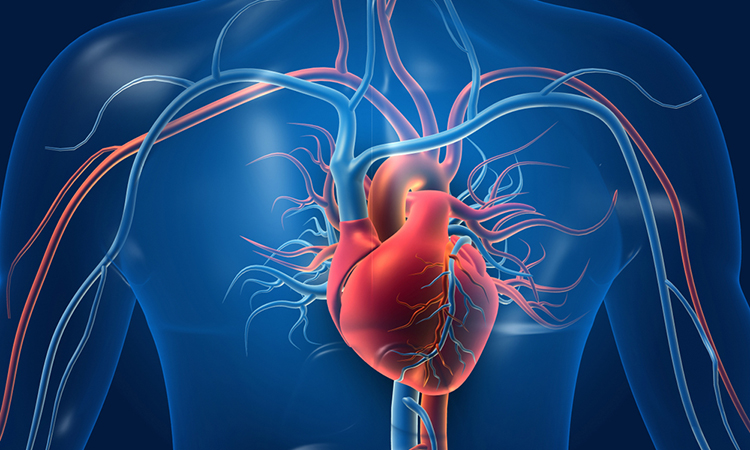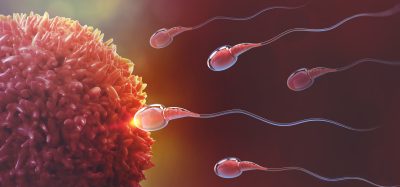Investigating heart disease through arterial calcification and repair mechanisms
Posted: 19 July 2023 | Izzy Wood (Drug Target Review) | No comments yet
Professor at Texas Tech University’s Department of Biological Sciences has been granted an Innovative Project Award by the American Heart Association to delve into the intricacies of atherosclerosis, a condition responsible for artery thickening and severe health complications.


Peter Keyel, Associate Professor at Texas Tech University’s Department of Biological Sciences, US, has received an Innovative Project Award from the American Heart Association to study atherosclerosis, a type of heart disease that causes arteries to thicken and can trigger a variety of devastating health complications.
Statistics indicate diseases linked to atherosclerosis are the leading cause of death in the US with as many as half of Americans between the ages of 45 and 84 having the condition but being unaware of its slow progression and impact.
“Atherosclerosis is the fatty buildup in your arteries, but it turns out you also get calcifications in there,” Keyel explained. “One of the questions we are trying to answer is where does the calcification come from, and one possibility is inside the arteries.”
The two-year grant will support Keyel’s research in investigating the causes of calcification as well as other processes in which arterial membranes are repaired.
“The arteries are made up of cells, and on one side of them you have smooth muscle cells that can release these vesicles full of calcium that end up embedding in the artery,” he added. “That drives some of the microcalcifications, but it doesn’t account for everything.
“There are potentially other sources, so my main research will focus on how the cells reseal their membranes after a hole is torn in them. What we think may be going on is membrane repair, but we do not know a whole lot about how it works. One of the things we do know, though, when calcium comes into a cell, it causes the cell to send a signal to seal off the membrane.”
Keyel described that as the repair takes place, the membrane sheds small particles called vesicles, which carry annexin proteins that may contribute to the calcification process.
“Vesicles could be depositing some of this calcium,” he said, “and that is leading to the microcalcifications. We get screened for coronary issues as we age, and we know there are certain risk factors associated, but the questions we’re asking here are simply why does this happen and what causes it?”
As heart disease is a leading cause of death around the world, Keyel’s research could have huge implications.
“We are hopeful if we can learn about some of these mechanisms and test some of our hypotheses, we will learn about new ways to improve heart health,” he said. “Maybe that leads to coming up with new targets because of what we learn. What we learn may allow us to move forward and say, ‘Here’s what we know and how we can deal with it.’”
The approach is what caught the attention of the American Heart Association. Keyel’s research offers a new pathway toward seeking insights about a significant health challenge.
“We have a target in terms of what we are looking at, and now we can start to go after it,” he said. “Our research will work with mice, and the problem sometimes can be going from mice to human. It can be a big hurdle, but the American Heart Association has gathered extensive data on humans, and they’ve made this available to researchers.
“Now, instead of just saying, it may work in humans, we can use the American Heart Association’s Precision Medicine Platform and compare our data to find if we are seeing the same sorts of things in humans.”
Related topics
Animal Models, Disease Research
Related conditions
Atherosclerosis, Heart disease
Related organisations
Texas Tech University
Related people
Peter Keyel







